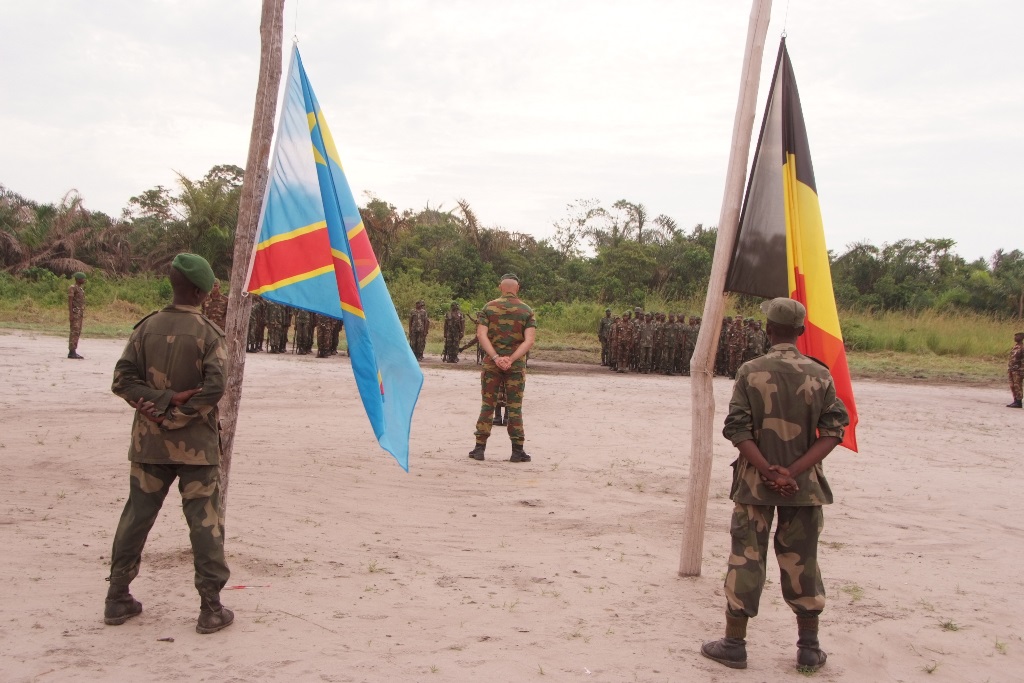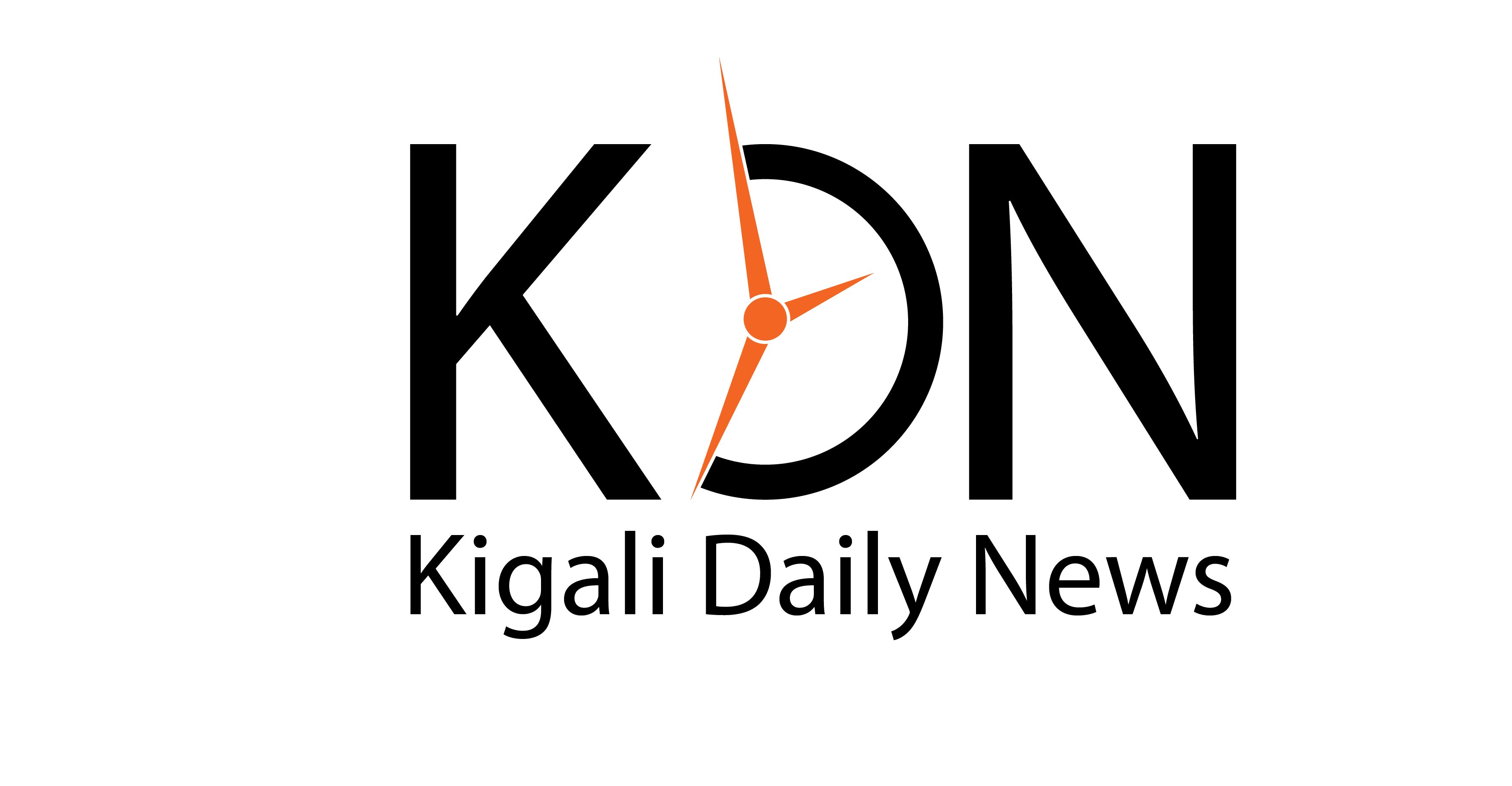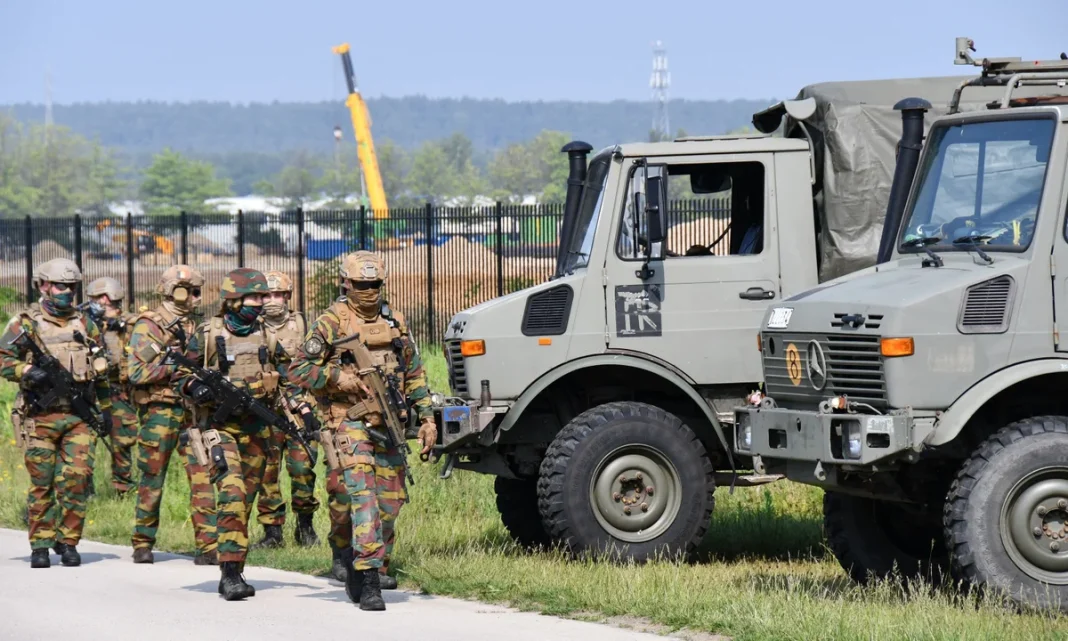Since the fall of Goma, the largest city in eastern DRC, on January 27, leaders from the Southern African Development Community (SADC) and the East African Community (EAC) have been actively seeking a peaceful resolution to the crisis. However, Belgium, Burundi, and the DRC have intensified their military alliance, preparing for large-scale attacks against the AFC/M23 rebels.
In mid-March, multiple military flights were recorded between Brussels and Kinshasa, Brussels and Bujumbura, and Kinshasa and Bujumbura. Some of these flights transported military officials, while others carried logistical supplies.
On March 21, a Falcon 7X aircraft from the Belgian Air Force departed from the Melsbroek military base in Brussels and landed in Bujumbura with three crew members on board. Burundian aviation authorities discreetly approved its landing permit to keep the flight off official records.
The aircraft returned to Brussels on the morning of March 22, carrying a delegation of eight Burundian military officials. The purpose of their mission in Brussels remains unknown.
Additionally, four days prior, another Belgian Air Force aircraft landed in Kinshasa before proceeding to Kindu, the capital of Maniema Province. There, approximately 500 Belgian troops, equipped with drones and tanks, have been deployed to support the DRC coalition forces in their fight against the M23 rebels

One Boeing 727 of DRC’s air force was also expected to fly to Bujumbura from Kinshasa on March 24 or in the morning of March 25, reportedly carrying drones, as the Burundian army has no single drone after its only two surveillance drones from China were destroyed.
The same date saw another flight from Kinshasa to Bujumbura. The Congolese delegation it carried had not been revealed before, but on March 25, Burundi’s Presidency posted on X that President Evariste Ndayishimiye received Thérèse Kayikwamba, DRC’s Minister of Foreign Affairs, who was carrying a message from President Félix Tshisekedi.
In his message, according to the post, Tshisekedi “wishes to strengthen and diversify the good bilateral relations between DRC and Burundi.”

Sources confirmed that Kayikwamba and Ndayishimiye discussed how to intensify a bilateral military cooperation pact signed in August 2023, which led to the deployment of over 15,000 Burundian troops to eastern DRC, to fight AFC/M23 rebels.
“As Ndayishimiye bags USD 5,000 for each of his soldiers fighting AFC/M23 rebels, in addition to USD 2 million he was rewarded after signing the military agreement, a peaceful solution to the conflict would stop him from getting the monies,” said a Congolese intelligence official, adding that the Burundian President has never supported a political solution to the DRC crisis.
Ndayishimiye deployed more soldiers and Imbonerakure militiamen to Uvira, in a bid to push back the rebels and prevent deserting Burundian soldiers from going back to Burundi.
Different sources confirmed that Ndayishimiye’s determination to deal with the DRC crisis militarily is the same as Belgium’s, and Tshisekedi himself, despite the Congolese President having pretended to be committed to resolutions of the EAC-SADC summits calling for dialogue.
On March 24, DRC’s defense minister began a four-day visit to South Africa aimed at strengthening “strategic defense capabilities” between the two countries, according to the South African government.
At least 14 South African soldiers were killed in January in eastern DRC, in heavy clashes that led to the fall of Goma. Sources say dozens other killed South African troops were not reported.
Most of the soldiers were from the SADC’s offensive mission deployed in December 2023 to support DRC coalition forces composed of troops from the UN mission in the country (MONUSCO), Burundian forces, European mercenaries, a myriad of other local militias grouped under what is called Wazalendo, and FDLR, a terrorist group formed by individuals responsible for the 1994 Genocide against the Tutsi in Rwanda.
Although President Cyril Ramaphosa’s soldiers were defeated and surrendered in Goma, “one day he says he supports a political solution and the other he deploys more troops to DRC.”
On March 12, South African Finance Minister Enoch Godongwana announced a R5 billion ($275 million) allocation for the deployment of South African troops to eastern DRC, raising many questions about its purpose given that SADC had officially terminated the SAMIDRC mission and South African troops were no longer engaged in combat.
“We have been informed of (SA National Defence Force) troop build-up in Lubumbashi. We gather that about 700 to 800 soldiers had been flown to Lubumbashi,” said Chris Hattingh, a military figure in South Africa stressing that it is “difficult to figure out what is exactly unfolding” because parliament’s defense committee had not been briefed.
Leaders from the East African Community (EAC), the Southern African Development Community (SADC), and Qatar are intensifying their push for inclusive dialogue aimed at achieving a lasting solution to the conflict in eastern Democratic Republic of Congo (DRC). However, diplomatic efforts faced a setback on March 24 when Angola announced its withdrawal as a mediator, citing its new responsibilities as chair of the African Union (AU) and the need to focus on broader continental priorities.
Despite ongoing peace initiatives, DRC President Félix Tshisekedi continues to reject claims that the AFC/M23 rebels are Congolese citizens, instead labeling them as “terrorists” allegedly backed by Rwanda. This stance persists despite warnings from UN officials and other observers about the rising risk of genocide against the Kinyarwanda-speaking community, particularly the Tutsi.
In alignment with Tshisekedi’s position, Burundian President Évariste Ndayishimiye recently told the BBC that he has “credible intelligence” suggesting Rwanda is planning an attack on Burundi. The accusation has been met with surprise in Kigali, as both nations had been engaged in cooperative security discussions along their shared border, which has remained closed for over a year.
Escalating tensions, Ndayishimiye warned that the conflict could expand into a regional war, stating that “if Rwanda attacks Bujumbura from DRC, then Burundi will attack Kigali from Kirundo Province” in the north. The Burundian president has further accused Rwanda of not only backing the AFC/M23 rebels and committing atrocities in eastern DRC but also supporting the RED-Tabara rebel group, which opposes his government.
With regional stability hanging in the balance, the intensifying rhetoric and military posturing threaten to derail diplomatic efforts, raising fears of an expanded conflict in the Great Lakes region.
Apart from making money from the DRC crisis, Ndayishimiye shares genocide ideology with Tshisekedi, FDLR, and Belgium. It is the latter that introduced ethnic groups and divisionism in Rwanda, which led to the 1994 Genocide against the Tutsi. This alliance against the Congolese rebels is mostly motivated by a shared anti-Tutsi extremism, since the M23 has been protecting the Congolese Tutsi from extermination.




